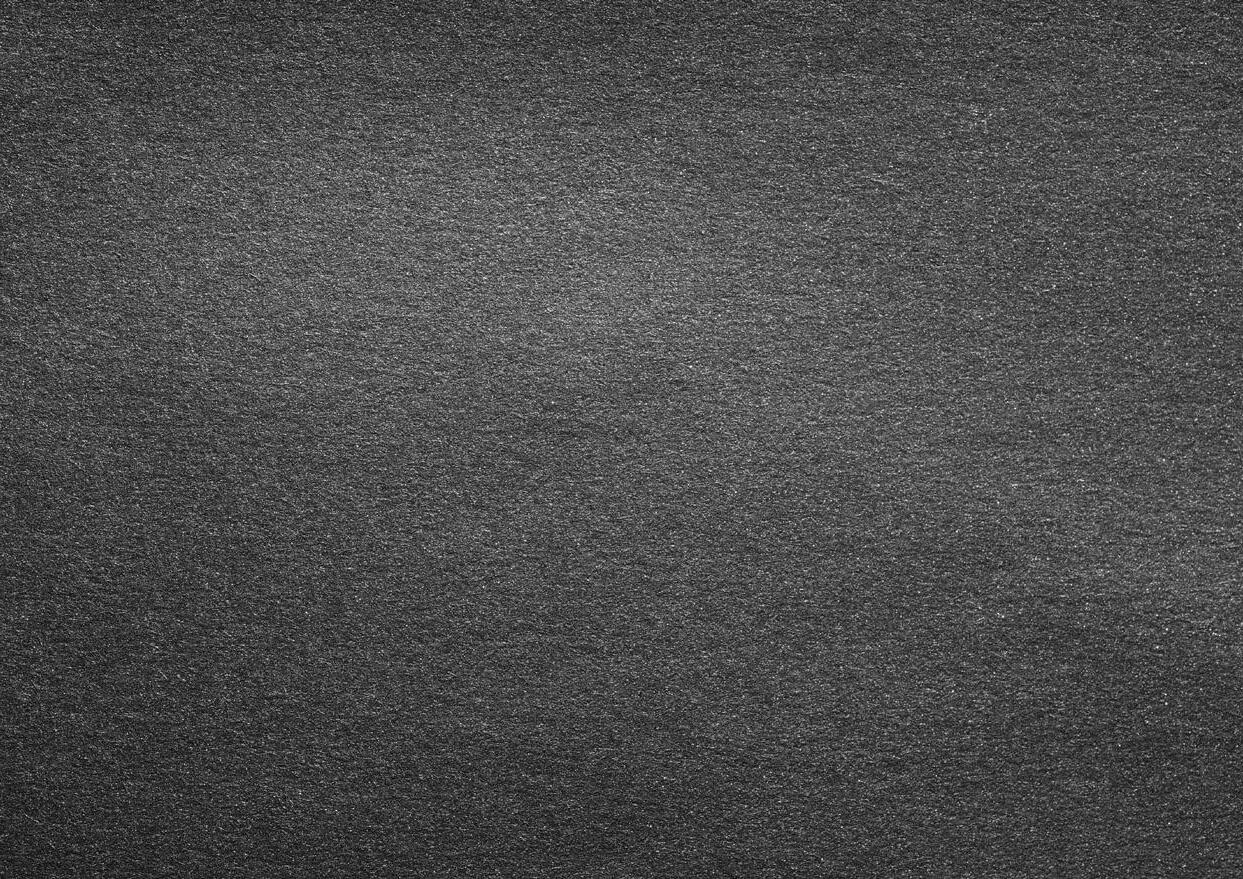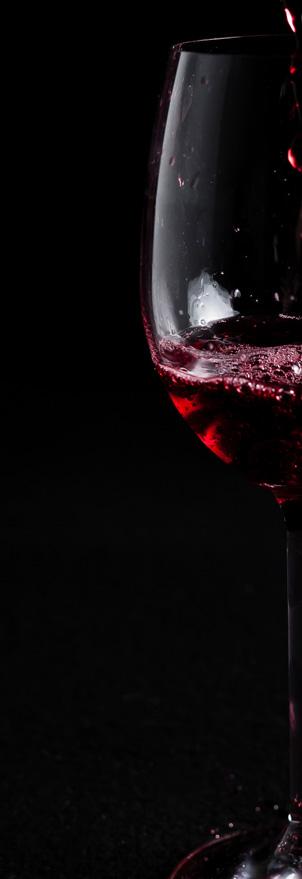SHIRAZ
A classic Australian red wine




When it comes to Australian wine, no other grape is more beloved or planted than Shiraz.
From quaffable BBQ reds to truly superb world-class wines found in the finest cellars, Shiraz has it all.
The home of Shiraz is in the Rhone Valley in eastern France. It is the cornerstone of leading wines including Hermitage, St-Joseph and Côte Rôtie, as well as being a major component of wines from Châteauneuf-du-Pape, the Languedoc-Roussillon and many a Vin De Pays.

Legends claim that the Shiraz or Syrah grape originated in Persia (today’s Iran) dating as far back as 2500 BC and then was brought to the Rhône.
Aside from France, many “Old World” wine regions grow Shiraz to use as a blending grape including Italy, Spain and Portugal.
Shiraz vines were brought to Australia by James Busby back in 1832. The father of Australian wine, Busby travelled through Spain and France collecting vine cuttings that were the foundation of the Australian wine industry.
Today it is almost grown in every wine region in Australia and is the highest produced variety.
40000 Hectares of Shiraz is planted in Australia, second to France with 60000 Hectares
30% of all varieties planted in Australia is Shiraz.
Barossa, South Australia has the oldest continuous growing shiraz vines in the world from 1843.
Côtes du Rhône is a wine-growing Appellation d’Origine Contrôlée (AOC) for the Rhône wine region of France.

The most widely planted wine grape in Australia, it is known here by Shiraz or Syrah.
What’s the difference?
Nothing essentially, they are the same grape. However winemaking techniques, regional context and tradition, and, sometimes, marketing can play a part in the name.

In France it is commonly referred to as Syrah, while the term Shiraz became widely used in modern Australian winemaking. Early Australian documents show the spelling as “Scyras”, it was thought the name “Shiraz” gradually replaced “Scyras” in Australia from the mid-19th century. It was the Australian usage and wines that made the use of this name popular.
Old world wine regions are required to adhere to a certification of authenticity, whereby traditional standards and ingredients (in this case, wine) originate. This certification is named
Appellation d’Origine Contrôlée (AOC) in France, Denominazione di Origine Controllata (DOC) in Italy, Denominación de Origen Protegida (DOP) in Spain, Verband Deutscher Prädikats- und Qualitätsweingüter (VDP) in Germany.

Australia, being a new world wine region is not restricted by old world region certification and have the flexibility to create a signature style using either Shiraz or Syrah name.
SHIRAZ
Aussie’s and especially our Club Equus members adore a full flavoured Shiraz with bold dark fruit flavours and silky tannins.
SYRAH Australian winemakers generally in cooler climates have been crafting a leaner, aciddriven style with flavours of berries, white pepper and minimal oak influence.
Old World wine regions
France, Italy, Germany, Spain, Portugal, Hungary, Austria
New World wine regions

Australia, New Zealand, South Africa, Chile, America
Other names for Shiraz include:
Scyras, Circas, Schiras, Sirrah, Sirac, Syracuse, Red Hermitage, Serine, Candive, Antourenein
Noir, Entournerein, Serene, Serenne, Sereine, Hignin Noir, Marsanne Noir, Balsamina


Saddler’s Creek Wines is proudly a multi regional producer, our philosophy has been consistent over time... to carefully source, select and harvest small batch parcels of the highest quality fruit from Australia’s renowned wine-growing regions.
Our winemakers then, with a gentle hand, produce wines of exceptional quality... elegant, well balanced and fruit-driven. Saddler’s Creek Wines have built a reputation of robust reds, crafted for longevity.
Over the years Saddler’s Creek Wines has and continues to source Shiraz from wine growing regions across NSW including our home in the Hunter Valley, Mudgee and Tumbarumba. South Australia also plays a vital role in our wine production due to its outstanding quality and supply in Langhorne Creek and McLaren Vale.
The benefits of being a multi regional winery and accessing quality fruit from growers across Australia, is that it provides our winemakers with the opportunity to innovate. Through their art of winemaking, create styles of wines that are an expression of place... terroir, climate, community and technique. Wines that are suitable for any table, any time, any occasion.
Our Winemakers focus on each region’s unique characteristics to produce, for your table, the best expression of the region.


 Head Winemaker
Brett Woodward
Head Winemaker
Brett Woodward
Hunter Valley is the oldest wine growing region in Australia, with the first commerical vintage of Shiraz recorded in 1835. Located two hours north of Sydney, it has a Mediterranean climate.

Home of our beloved Saddler’s Creek winery where our wines are crafted and nurtured. The Hunter Valley is renowned for high quality medium bodied Shiraz.
Concentrated bright red fruits, subtle spice notes and a savoury finish, these are wines of elegance and flavour.
Typically bud burst for Shiraz is around late Septmeber and is harvested around mid to late February
Altitude: 0-1597M
Latitude: 32° 33’S

Total Vineyard area: 2,605 ha
Soil: Varied across the region, Shiraz does best on friable red duplex and loam soils.
Havest Shiraz Saddler’s Creek VineyardLocated on the Fleurieu Peninsula, 70km from Adelaide. Nestled on the banks of the annually flooded Bremer River, the region is supplied with nutrient-rich soil. It is significantly cooler than the McLaren Vale and Barossa regions partly due to, ‘the Lake Doctor’ wind carrying cool breezes from nearby Lake Alexandrina.
This cool maritime breeze, keeps temperatures down and allows for a longer, more even ripening period.
This unique terrior produces full bodied Shiraz which is aromatic with plush dark fruits.
The firm tannins create superb structure and body with generous length of flavour. Bold, richly flavoured, opulent red wines, characters that have become synonymous with our Bluegrass and Alessandro Reserve Collections.
Bud burst for Shiraz in this region occurs around October and harvest from late March to May.
Altitude: 0-64m
Latitude: 35° 33’S
Total Vineyare area: 6,059 ha
Soil: Deep, alluvial sandy loams from red-brown to dark grey.

Saddler’s Creek Wines is a multi regional producer key regions include Hunter Valley and Langhorne Creek.

Shiraz accounts for 46% of all red varieties. In Australia 2.03 million tonnes of grapes were crushed in 2021, Shiraz was the largest variety with a crush of 538,402 tonnes.

NSW Shiraz offers a diverse style from region to region from rich and elegant warm climate to cool climate which deliver outstanding colour intensity and depth of flavour.
Regions: Hunter Valley, Orange, Murray Darling, Riverina, Mudgee, Tumbarumba, Hilltops, Southern Highlands, Gundagai, Cowra
(ACT Canberra. District Crush 152 tonnes).
Shiraz harvest: February to April
Annual Crush Tonnes: 94014
From elegant, aromatic and medium-bodied to mouth-filling densely coloured and richly flavoured.
Regions: King Valley, Yarra Valley, Heathcote, Grampians, Goulburn Valley, Beechworth, Macedon Ranges, Mornington Peninsula, Rutherglen, Pyrenees, Bendigo, Geelong, Glenrowan, Alpline Valley
Shiraz harvest: March to May
Annual Crush Tonnes: 70357
SA

The largest producing region in Australia, SA Shiraz has intense fruit flavours and firm tannins.
Regions: Langhorne Creek, Barossa, McLaren Vale, Clare Valley, Eden Valley, Adelaide Hills, Mount Lofty Ranges, Wrattonbully, Coonawarra, The Riverland, Padtheway
Shiraz harvest: February to May
Annual Crush Tonnes: 296054
Cool climate gives a lighter bodied wine with higher acid and white pepper.
Regions: Coal River, Tamar Valley, Freycinet, Pipers River, Huon Valley, Derwent Valley
Shiraz harvest: March to May
Annual Crush Tonnes: 80
WA Reflective of European wine style. Elegant, succulent fruit with black pepper.
Regions: Margaret River, Pemberton, Swan Valley, Great Southern
Shiraz harvest: March to May
Annual Crush Tonnes: 6119
The warm climate produces lighter medium bodied Shiraz that is slightly sweet and peppery, ideal to drink now chilled.
Regions: Granite Belt, South Burnett
Shiraz harvest: February to March
Annual Crush Tonnes: 80 (approx)
Over the years, Saddler’s Creek Wines have increased production of Shiraz as it gained popularity with our Club Equus members and visitors alike.
Our Estate grown Shiraz and locally sourced fruit is reputed for producing medium bodied wines, rich in concentrated fruit flavours.
These small batch wines are generally handpicked, fermented in open vats, hand plunged and finally basket pressed proir to maturation, preserving the delicate essence of this regional hero.
Our winemakers mature Hunter Valley Shiraz in French and American Barrels on average for 12-18 months. The fine grain of French oak has subtle influence of dark chocolate, roasted coffee beans and exotic, savory spices with firm, but silky tannins to harmonious balance the elegant fruit flavours.
We source quality fruit from across Australia. Each parcel is treated with care to nuture the unique characteristics of each region.
Shiraz from South Australian growing regions including Langhorne Creek are big, luscious and full bodied. Matured in Amercian oak to add weight, texture and complexity for 18-22 months, complementing the juicy fruit and firm tannins of these growing regions.
Did you know nearly all wines are blended?
It is where our winemaker’s expertise takes to task the essence of the grape, nuances of terroir and maturation then balance the wines aromatics, flavour, acid, texture and complexity by blending the individual barrel, tank or vineyard site to create the very best wine. It’s a true artisan talent.



 Saddler’s Creek Winery
Saddler’s Creek Winery
A beautifully aged wine can show remarkable flavour, texture and complexity.
Bottle aging or cellaring will transform a wine’s flavour, texture and complexity. In saying that, not all wines will improve with age. Certain varieties and styles are more suited to cellaring, while others like a Rosé or verdelho are made to be enjoyed young and fresh.
Cellaring will transform and more often than not improve the wine. That is, of course, if it’s well chosen and stored.

When selecting wines for the cellar, consider which varieties are ideal for aging such as Shiraz, wine quality and winemaking techniques. Wine crafted for longevity need acid and tannin. Wines lose acid over time, so moderate to high acidity is required, while tannins act as a preservative, stabilise colour and flavour. Alcohol and sweetness can also play a part, think fortified wines.
When building a collection of wines for the cellar, appraise if they are suitable for short, medium or long term cellaring then collate accordingly. At Saddler’s Creek Wines, we hand select wines for our museum stock each vintage. Considerations we take into account are: the varietal, the vineyard, the seasonal conditions of the vintage and winemaking techniques. So whether you’re just starting a wine collection or already have a well-curated wine cellar, our wine experts can recommend which Saddler’s Creek wines will be suitable. Short
Drink now up to 3 years up to 5 - 7 years 7 + years
When you don’t have a temperature controlled wine cellar or wine fridge; Store somewhere dark and quietThink built in wardrobes or storage spaces under the stairs.
Temperature - Optimal cellaring is between 14 to 18°, but more importantly is a room with an even temperature.


Box it up - Styrofoam boxes help minimise temperature fluctuations.
Humidity and ventilation - Avoid extremely damp conditions which can promote mould, wines under cork need 50 -80% humidity. Avoid storing wine near chemicals.
Storing position - Wines under cork need to be stored laying down to avoid cork shrinkage and premature oxidation, wines under screw cap can be stored standing up.
Magnums of your favourite Shiraz are ideal to cellar as they remain more stable being a larger format bottle.

Shiraz is the perfect companion for any occasion. It’s a casual Friday night wine and pizza, a Sunday family lunch pleaser or an impressive date night wine filled with candles and the soulful sounds of Barry White. Selecting the ideal bottle to suit your mood, food and company can greatly enhance your enjoyment and experience.
Medium bodied Shiraz is like Ed Sheeran easy listening, a stowaway in the picnic basket, the ideal mid week sip and the perfect companion while cooking up a barbie. The weight of this style suits casual alfresco dining and pairs perfectly with a lazy long lunch.
Full bodied Shiraz can be reminiscent of a big happy hug. Its
soothes the soul and warms the heart. Perfect for a relaxing bubble bath or a romantic dinner with a rich home cooked meal. It can be rock and roll or Norah Jones. These wines love to be sipped and savoured.
A wine’s temperature has a considerable effect on its flavour so serving it at the optiumum temperature can greatly improve your enjoyment.
A full bodied Shiraz served too warm will taste “hot”, the influence of the alcohol will be over emphasized which ultimately makes the wine seem flat and dull. Serving red wine too cold, on the other hand, inhibits the aromas and flavours to the extent where the tannins in the wine become overwhelming.
So what is the ideal temperature? While most of us serve our reds at room temperature, what actually is “room temperature”... The term implies a drawingroom in a French Chateau which averaged 18°.

If you don’t have temperature controlled storage, you can pop your Shiraz in the fridge for a short while (10-30mins) to bring it to optimum drinking in the warmer months.
‘Letting the wine breathe’ or ‘opening the wine up’ increases oxygen exposure to the wine in order to improve its flavour.
Decanting enables aeration where oxygen is introduced into the wine. This oxidation softens the tannins and allows the aromas
and flavours in the wine to become more pronounced.
Decanting also helps separate sediment, especially in older bottles. Using a decanter allows for this sediment to be settled and removed before serving. Older reds oxidise much quicker and may only need 10-15 minutes, depending on the age of the wine.

Full-Bodied
Serve ‘slightly cool’ 16-18°.


Decant for up to one hour.
Medium-Bodied
Serve ‘cool’ at 14-16°.
Decant for up to 30 minutes.
Light-Bodied
Serve cooler at 10-14°.
A great food and wine pairing creates a harmonious balance between the components of a dish and the characteristics of a wine. Shiraz is a wonderful food wine as it can complement many cuisine styles and dishes from Summer salads to slow cooked feasts. You don’t need to be a sommelier to create the perfect match, there are however, a few basic tips to remember when choosing the best wine for your next meal.

Big, bold flavoured Shiraz goes well with richly flavoured, spiced dishes think pepper, paprika or smokey barbeque (not piquant hot). The rich fruits and firm tannins meld and soften beautifully. Try Alessandro Reserve Shiraz with Peposo beef cheeks.
Silky fruit driven wines pair beautifully with sweeter condiments and sauces, think Bluegrass Shiraz with sticky lamb ribs.
Animal fat and other yummy high fat food pair well with rich, structured and concentrated Shiraz. Our Ryan’s Reserve ‘Vanessa’ Shiraz will marry perfectly with a traditional or vegetarian Lasagne.

Match the weight and texture of the Shiraz with similar intensity foods. The medium bodied Saddler’s Shiraz is ideal with a warm lentil and beetroot salad.
To learn more about wine and food pairing, join us for our weekly masterclasses held at Saddler’s Creek Winery.



 Anatra Confit recipe by Gustos
Anatra Confit recipe by Gustos
Released only in extraordinary vintages when super premium fruit enables us to craft a truly fine wine. Cellar 10+ years.

Club Equus member exclusive
Celebrates the importance of terroir and the art of winemaking. Pristine fruit, a gentle hand and the finest oak give finesse, flavour and longevity. Cellar 10+ years. Limited release approx 250 cases.


Super premium signature series

Small batch and handcrafted in collaboration with Hunter Valley Living Legend winemaker and Australian wine judge - Phil Ryan. Limited release approx 125 cases.

Winemaker’s collaboration
Our most consistent and adored wines for over 30 years, traditional in nature and crafted for longevity. Rich, complex and full bodied. Intensely flavoured and elegantly textured, no great cellar is complete without. Cellar 10+ years.

Created in the spirit of innovation, our winemaking team explores new varietals and styles and winemaking techniques, expanding the parameters of what it is to be a Saddler’s wine.
Small batch limited release
Iconic flagship collection
Premium wines crafted ready to enjoy now and perfect for any occasion... anywhere everytime!
Crafted to enjoy now
